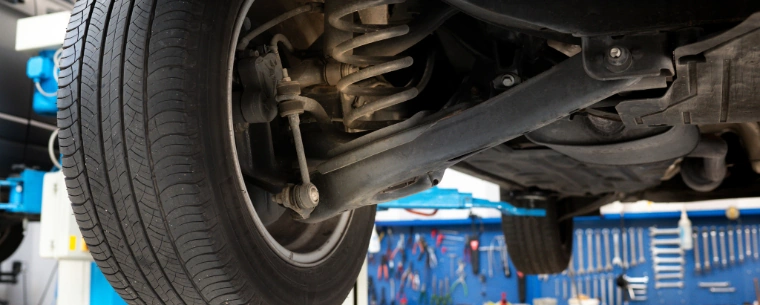Tips For Looking After Shock Absorbers
Published on: Monday, 06 January 2025 | Author: Jessica Bird
Would you know if your vehicle’s shock absorbers were worn out? Check out our guide on what they do, how they keep you safe and how you can look after them.
Making it Home Safely With a Puncture
Published on: Thursday, 03 August 2023 | Author: Jack Dreyer
Road Hero gives you peace of mind knowing your puncture will simply be an inconvenience, rather than a show stopper.
Do You Know What Size Tyres Your Car Needs?
Published on: Tuesday, 14 September 2021 | Author: Jack Dreyer
Are you due a tyre change but aren’t sure what size tyre you should buy? It’s a crucial factor to consider, so read our blog to discover how to find that out.
Do You Know What Your Tyre Pressure Should Be?
Published on: Monday, 16 August 2021 | Author: Bradley Jando
For new drivers, vehicle tyre pressure may seem confusing. Read about why you need to know your tyre pressure and how you can find it out easily.
How to Check the Health of Your Car Battery
Published on: Friday, 23 July 2021 | Author: Bradley Jando
Your car battery is vital to starting and running your car, it helps control a number of vital systems – but how can you check its health? We explain how.








